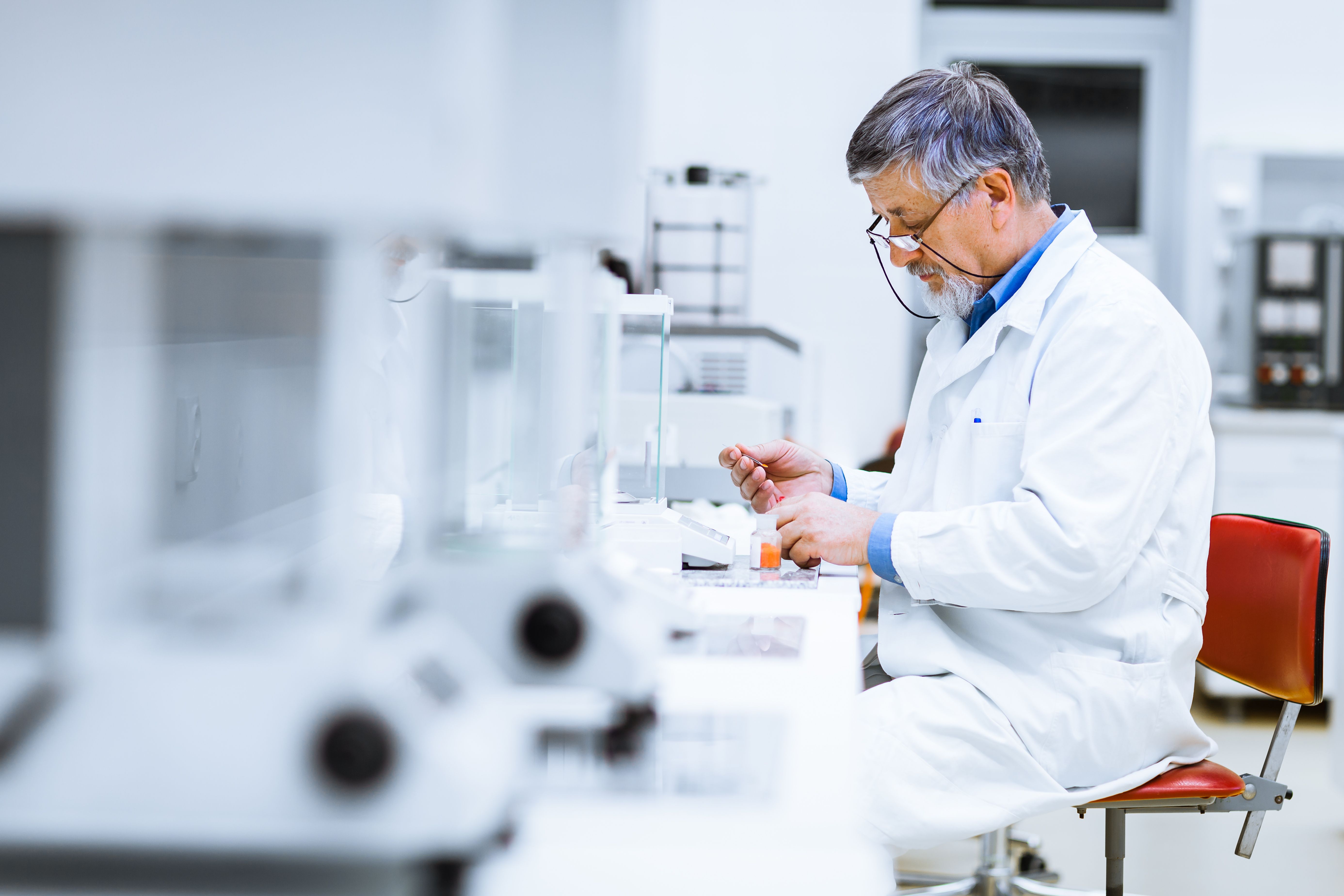Treatments for pelvic floor muscle dysfunction being developed
Recent studies have indicated injectable skeletal muscle extracellular matrix hydrogel is effective for treating pelvic floor injuries associated with childbirth.
Treatments for pelvic floor muscle dysfunction being developed Image Credit: © lightpoet - © lightpoet - stock.adobe.com.

A research team of investigators from University of California (UC) San Diego is reporting new developments for treatment against pelvic floor muscle (PFM) dysfunction.
Pelvic floor disorders, which are experienced by up to 25% of women in the United States, are conditions involving urinary and fecal incontinence and pelvic organ prolapse, often caused by vaginal childbirth. PFM dysfunction has been identified as a key risk factor for pelvic floor disorders.
The team from UC San Diego reported an association between pelvic organ prolapse symptoms in women and both atrophy and fibrosis in the skeletal muscles of the pelvic floor. A rat model also indicatednegative muscle transformations for vaginal birth injury, showing the same kinds of transformations observed in pelvic floor biopsies for women.
When treating rats with an acellular injectable skeletal muscle extracellular matrix (ECM) hydrogel for birth injuries, investigators found a reduced adverse impact on pelvic floor muscles. These results were published in Science Translational Medicine on August 2, 2023.
“Understanding the natural pelvic floor muscle response after birth injury is crucial for developing and applying regenerative medicine approaches,” said Pamela Duran, PhD, the first author on the paper. According to Duran, using low-cost and minimally invasive biomaterial is necessary for, “the clinical translation of this regenerative medicine approach to counteract the negative alterations of the pelvic floor muscles.”
A new paper from the UC San Diego research team outlined the association between vaginal birth and pelvic organ prolapse symptoms with atrophy and fibrosis signs in PFMs. Samples from women receiving surgery for pelvic organ prolapse are included in the research. This information is vital for developing prevention or recovery strategies.
“Current clinical and preclinical strategies for treating damaged pelvic floor muscles have focused on late-stage treatments that are suboptimal for patients and do not address the underlying causes of muscle damage,” said Karen L. Christman, a professor in the Shu Chien-Gene Lay Department of Bioengineering at the UC San Diego Jacobs School of Engineering.
“In this preclinical research, we have shown that injecting a hydrogel directly into muscle tissue of the pelvic floor offers a potential method for encouraging and accelerating the natural healing process,” Christman added. “In particular, we see the possibility of muscle fiber restoration rather than the unhealthy buildup of collagen.”
The team also indicated tissue-specific cell-free pro-regenerative biomaterial, similar to material which is being studied for improving heart tissues after a heart attack, may be used to repair PFM injuries from childbirth. This association was found after injecting skeletal ECM hydrogel in rats with simulated PFM birth injuries.
“The biomaterial tested in our study does not contain any cells and is therefore very safe and is low-cost,” said Marianna Alperin, MD, MS. “Investigating what goes wrong in the pelvic skeletal muscles and developing pragmatic approaches to overcome these negative changes is very important for improving women’s health.”
Reference
New insights on pelvic floor damage after vaginal birth, and new directions for treatment. University of California – San Diego. August 2, 2023. Accessed August 3, 2023. https://www.eurekalert.org/news-releases/997024
HP-hMG stimulation reduces OHSS risk in high responder patients
October 25th 2024A recent study found that highly purified human menotropin significantly lowers the risk of ovarian hyperstimulation syndrome compared to recombinant follicle stimulating hormone, highlighting the benefits of protocol individualization based on gonadotropin type.
Read More
Racial disparities in high-risk endometrial subtype diagnoses reported
October 24th 2024In a recent study, Black patients were significantly more likely to present with high-risk endometrial subtypes for endometrial cancer, highlighting disparities in access to tumor next generation sequencing.
Read More
Self-diagnosing vaginismus found accurate vs health care provider diagnosis
October 15th 2024In a recent study presented at the 25th Annual Fall Scientific Meeting of SMSNA, similar diagnosing success was reported between self-diagnosis and diagnosis from a health care provider for vaginismus.
Read More
Tailored hormone therapy improves postoperative endometriosis outcomes
October 3rd 2024A recent study suggests that postoperative endometriosis patients experience improved quality of life through hormone therapies guided by optimizing treatment based on individual hormonal receptor profiles.
Read More
